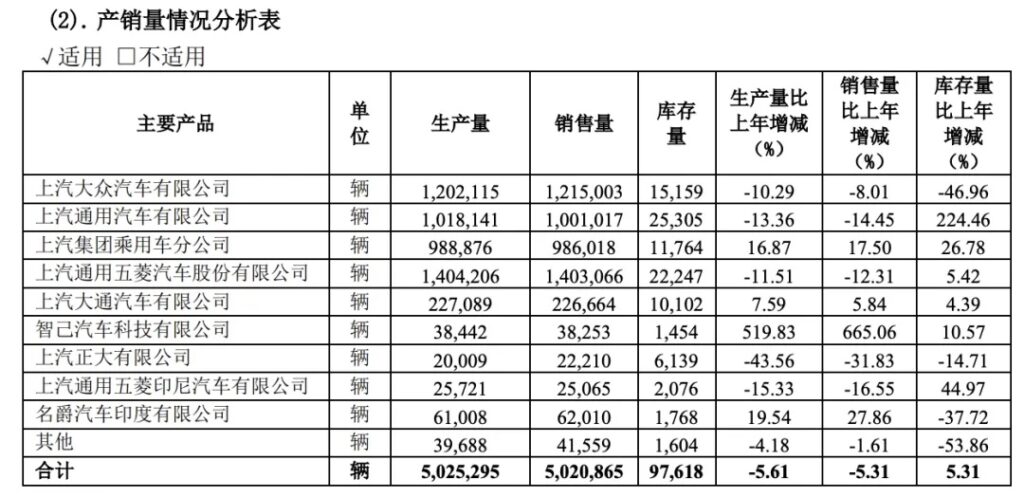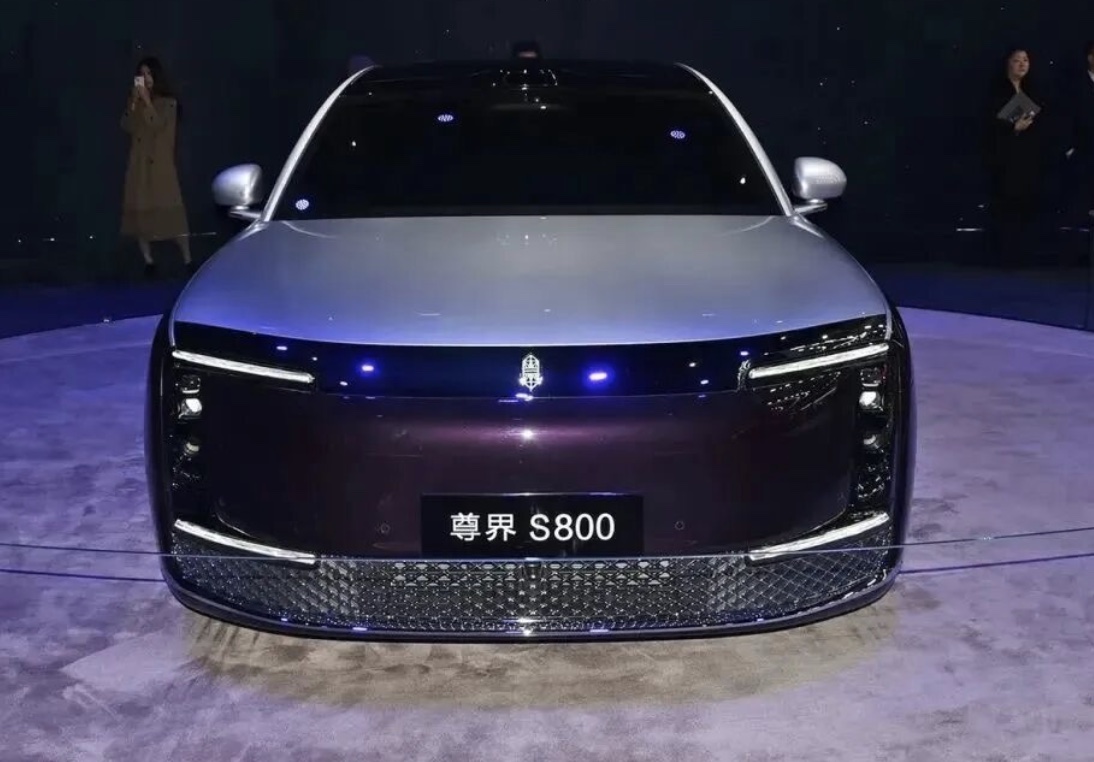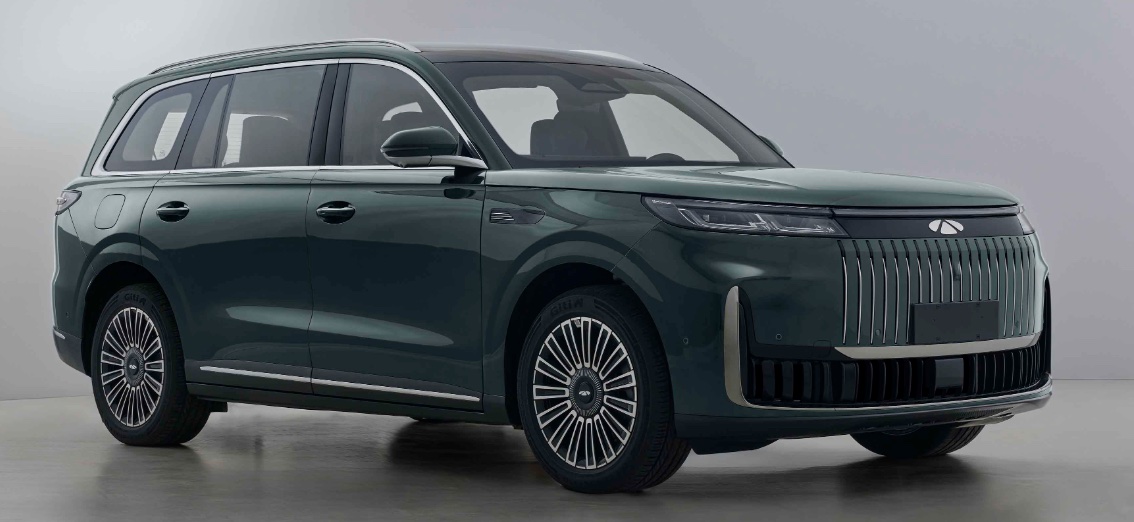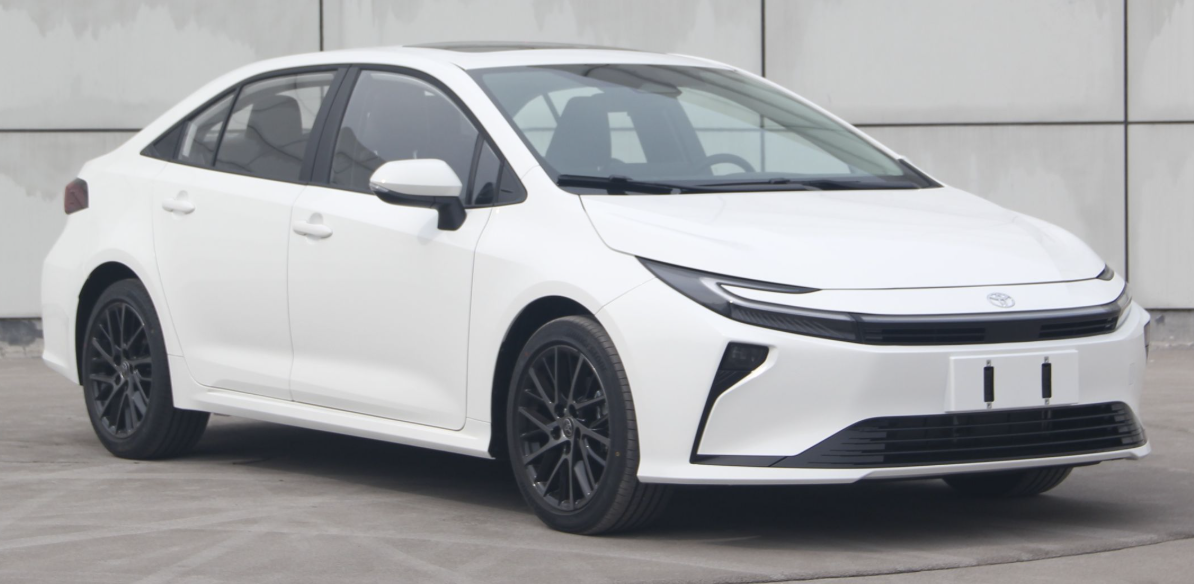The annual financial report of SAIC Motor Corporation was released, with an increase of 0.09% in operating revenue year-on-year. On the last working day of March, SAIC Motor officially disclosed its annual financial report. During the reporting period, SAIC Motor’s total operating revenue was 744.71 billion yuan, an increase of 0.09% year-on-year; the net profit attributable to shareholders of the listed company was 14.11 billion yuan, a year-on-year decrease of 12.48%; the non-recurring profit and loss deducted from the net profit attributable to shareholders of the listed company was 10.04 billion yuan, a year-on-year increase of 11.71%;
Since the beginning of 2023, the domestic auto market has been extremely内卷, and the overall influence of joint venture brands has declined. This has had an impact on many large auto companies including SAIC. Data shows that in 2023, SAIC Motor’s cumulative wholesale sales were 5.021 million vehicles, a year-on-year decrease of 5.31%. Among them, new energy vehicle sales were 11.23 million vehicles, a year-on-year increase of 4.6%.
Specifically, among the joint venture brands, SAIC Volkswagen sold 1.215 million vehicles, a year-on-year decrease of 8.0%, while SAIC General Motors sold 1.001 million vehicles, a year-on-year decrease of 14.45%, and SAIC Wuling sold 1.403 million vehicles, a year-on-year decrease of 12.3%. Among the self-owned brands, SAIC Passenger Cars sold 986,000 vehicles, a year-on-year increase of 17.5%, while SAIC MAXUS sold 227,000 vehicles, a year-on-year increase of 5.84%. In addition, SAIC Zhiji sold 38,000 vehicles.

According to AutoTimes statistics, SAIC Volkswagen, SAIC General Motors, and SAIC Wuling accounted for 72.1% of the group’s total sales, while SAIC Passenger Cars and SAIC MAXUS only accounted for 25%. In other words, joint venture brands are still the main source of sales for SAIC Motor, and the sales decline of the other two joint venture companies has exceeded double digits, and their performance will directly affect the performance of the group. For SAIC Motor, the future growth momentum comes from self-owned brands. Even though the current sales of SAIC Passenger Cars + Zhiji Automobiles are far less than those of joint venture brands, they have achieved year-on-year growth.
SAIC Volkswagen and SAIC General Motors are still the source of profit for the group. According to the financial report, in 2023, SAIC Volkswagen’s operating income was 140.28 billion yuan, and net profit was 3.13 billion yuan. SAIC General Motors’ operating income was 145.29 billion yuan, and net profit was 2.54 billion yuan. SAIC Wuling’s operating income was 76.01 billion yuan, and net profit was 930 million yuan. Based on this statistics, the three joint venture companies accounted for 46% of SAIC Motor’s total profit.
Taking SAIC Volkswagen as an example, it covers three major brands: Volkswagen, Skoda, and Audi, but in fact, only Volkswagen brand models can really be sold. The currently domestically produced models of this brand include Lang Yi, Passat, Lingdu, Tu Ang, Tiguan, Tu Yue, Tu Kai, Tu An, and Wei Ran. Among them, Lang Yi is the highest-selling model of SAIC Volkswagen and also a evergreen model of joint venture compact cars. In 2023, Lang Yi sold a total of 346,000 vehicles, ranking fifth in the auto rankings and third in the sedan rankings.
Under the brutal industry elimination tournament, joint venture brands are losing their pricing power in the Chinese market. After the Spring Festival, BYD took the lead in launching a new round of price cuts. Qin PLUS and Destroyer 05 were reduced to 79,800 yuan, and the slogan “electricity is lower than oil” was shouted, directly entering the market of joint venture A-class fuel vehicles. Since then, more and more independent new energy brands have joined the price reduction camp, and the market of joint venture brands has been constantly eroded. It is not difficult to see that at present, SAIC still needs joint venture brands to control the field, but in the future, it will be handed over to self-owned brands. According to SAIC’s planning, by 2025, the sales proportion of self-owned brands will reach 60%.
At the beginning of 2023, SAIC Motor stated that it will fully sprint to achieve the annual goals of 6 million vehicle sales, 1.5 million new energy vehicle sales, and 1.2 million overseas sales. During the reporting period, SAIC Motor sold a total of 5.021 million vehicles. If calculated based on the sales achievement rate, it is still 1 million away from the 6 million target. In the future, joint venture brands can only maintain the market, and SAIC Motor’s upward breakthrough is likely to rely on self-owned brands and new energy vehicles. Zhiji and Feifan, the two major brands, have invested a lot of resources, but there is still a long way to go to achieve a blood recovery.
SAIC Motor is the largest auto group in China, and it is constantly strengthening the development of self-owned brands, but it is destined to be very difficult for the elephant to “turn around”. Relying on performance and sales, SAIC Motor’s performance in the capital market is also not satisfactory. Its stock price has started a relatively sharp downward trend since hitting a high of 23.45 yuan in November 2020. As of the last trading day, SAIC Motor’s stock price closed at 15.07 yuan.



